
Striae Gravidarum (SG) or stretch marks that develop during pregnancy affect as much as ninety percent of women. While they are of no significance in a strictly medical sense, they might be disfiguring. For some moms, stretch marks are a mark of honor; for others, they're an eyesore.
Stretch marks are a poorly understood phenomenon that is extremely hard to treat, so the best cure is prevention. Fair-skinned people are more likely to get stretch marks; family history plays a role, too: if your mom had them, you're likely to have them.
If your developing baby bump has begun to sport a network of red, white, or purplish lines, you're not alone, and there are maternity skincare regimens that can help you get rid of your stretch marks.
According to the British Journal of Dermatology, Maternal factors during pregnancy that could predict the onset of stretch marks include:
- Increased weight gain
- Increased body mass index during pregnancy
- High abdominal and hip circumference
- Low serum vitamin C level
- Low serum relaxin level
- Low water intake
If you have developed pregnancy stretch marks, here are ways you can get rid of the issue:
Massage with Centella/Trofolastin Cream
Massages are effective in the reduction of stretch marks. Research has indicated that Trofolastin cream (Centella Asiatica extract, α-tocopherol, and collagen–elastin hydrolysates) can help reduce pregnancy stretch marks through daily massage to the abdomen, breasts, buttocks, and hips from the 12th week of pregnancy until delivery.
In a randomized, double-blind study of 80 women (41 treatment, 39 placeboes), Trifolastin Cream unquestionably reduces existing stretch marks. Furthermore, it prevented new ones from developing in 55 percent of the treatment cohort and none in the placebo group. However, the researchers noticed that subjects with a history of stretch marks beginning in puberty and the family did not respond positively to Trinofolastin.
Mask of Pregnancy
For melasma, Lucid Brightening Melasma Treatment Cream is an all-in-one serum that penetrates fast to promote firmness, moisture, and overall radiance.
If you've developed patchy dark patches on your face due to pregnancy (commonly known as melasma or "the mask of pregnancy"), use Lucid Brightening Melasma Treatment Cream for clear skin.

Almond Oil
There is some evidence that almond oil can reduce and prevent stretch marks. Massage Bitter almond oil for 15 minutes to the abdomen, buttocks, thighs, and breasts every day between week 19-32 of pregnancy, followed by daily applications until delivery and three weeks after that.
A 2012 study of 141 women split into three equal treatment, placebo, and no-treatment cohorts demonstrated the efficacy of almond oil against stretch marks.
All of the women in the treatment cohorts who massaged with almond oil did not develop new lesions, existing stretch marks reduced in intensity, and skin elasticity in the trouble region improved. This was in stark contrast with non-treatment and placebo cohorts, who all developed stretch marks of varying severity.
Hyaluronic Acid Remedies
Hyaluronic acid supplements can help to increase moisture on the skin. They can also aid in the reduction of fine lines and wrinkles. Topical formulations can relieve redness, dermatitis.
Alphastria cream (hyaluronic acid, allantoin, vitamin A, vitamin E, and calcium pantothenate), when gently massaged into the skin daily, starting from the third month of pregnancy and extending to the third postpartum month, can prevent the development of new stretch marks and reduce the severity of existing Striae Gravidarum (SG).
Tummy Butter for Stretch Marks
Tummy Butter for Stretch Marks Rich in antioxidants and anti-aging properties, vitamin E & essential fatty acids, our Tummy Butter helps promote collagen and increases cell regeneration for firmer, more supple skin. No more itchy, dry pregnancy skin associated with your growing belly - this Tummy Butter for stretch marks formula is the best way you can help defend against pregnancy stretch marks.
Glycolic Acid and Trichloroacetic Acid Peels
Creams containing these compounds have a therapeutic effect on stretch marks. Massaging a formulation with GA and TCA as active ingredients will soothe affected areas and reduce itchiness and swelling. Glycolic acid is reported to stimulate fibroblasts' collagen production and increase their proliferation in vivo and in vitro.
Apart from topical formulations, several other types of therapies can decisively help you rid your body of stretch marks. Recent research and results suggest that these therapies are the most effective:
- Microdermabrasion
- Carboxytherapy
- Platelet-rich plasma
- Micro focused Visual Ultrasound

Microneedling
Microneedling is a type of therapy that utilizes an instrument containing rows of needles that penetrate the dermis in a uniform depth, creating a controlled skin injury. This systematic and controlled injury induces quick-healing micro punctures that stimulate the production of collagen and elastin fibers, resulting in a remodeling of the skin. Microneedling is used to treat scars, stretch marks, alopecia, and even to deliver drugs cutaneously.
Microneedling is a commonly used procedure in dermatology. It is a safe and relatively inexpensive method of skin rejuvenation that is well tolerated by the skin with little downtime.
Micro Focused Visual Ultrasound Therapy
Ultrasound therapy stimulates collagen production and total skin recovery. During a stretch mark ultrasound treatment, an operator will point a radio wave emitting device to troubled areas. The radio waves create thermal energy around forty to forty-five degrees that will heat the skin and stimulate collagen production, thus reducing the visibility of stretch marks.
Plate-Rich Plasma Therapy
Platelet Rich Plasma (PRP) is a substance obtained from your blood that can be applied to trigger a healing response. Platelets contain many proteins that attract stem cells and aid the rebuilding of tissues over time. PRP was developed in the 1970s and began to witness adoption in bone healing treatments. PRP has become widespread in sporting injuries and for cosmetic procedures to improve collagen and rejuvenate the skin.
In a PRP treatment procedure, the targeted site is prepared by cleaning it out with surgical spirit and induced fibroblast; the therapist will inject PRP into the collagen under the skin with a one-inch spacing along horizontal lines on the skin.
The injections release proteins and cells into the areas where PRP stimulated collagen. The natural healing process kicks in after that and will increase the amount of fresh collagen as the release of collagen growth factor the PRP injection unfolds. This helps skin to become smoother and tauter, ridding it of stretch marks in the process.
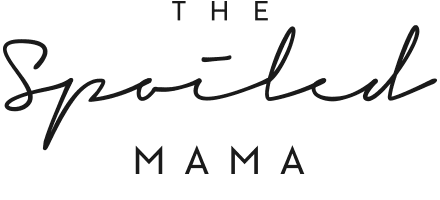
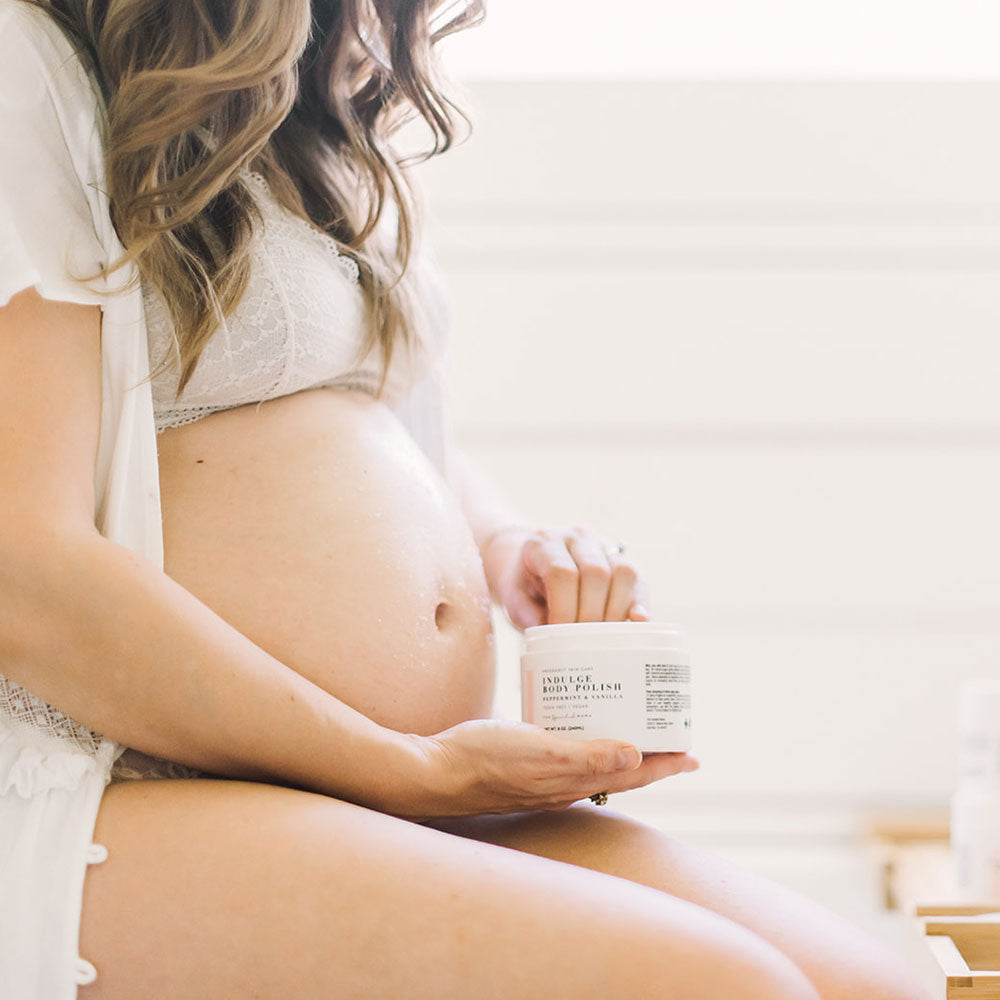
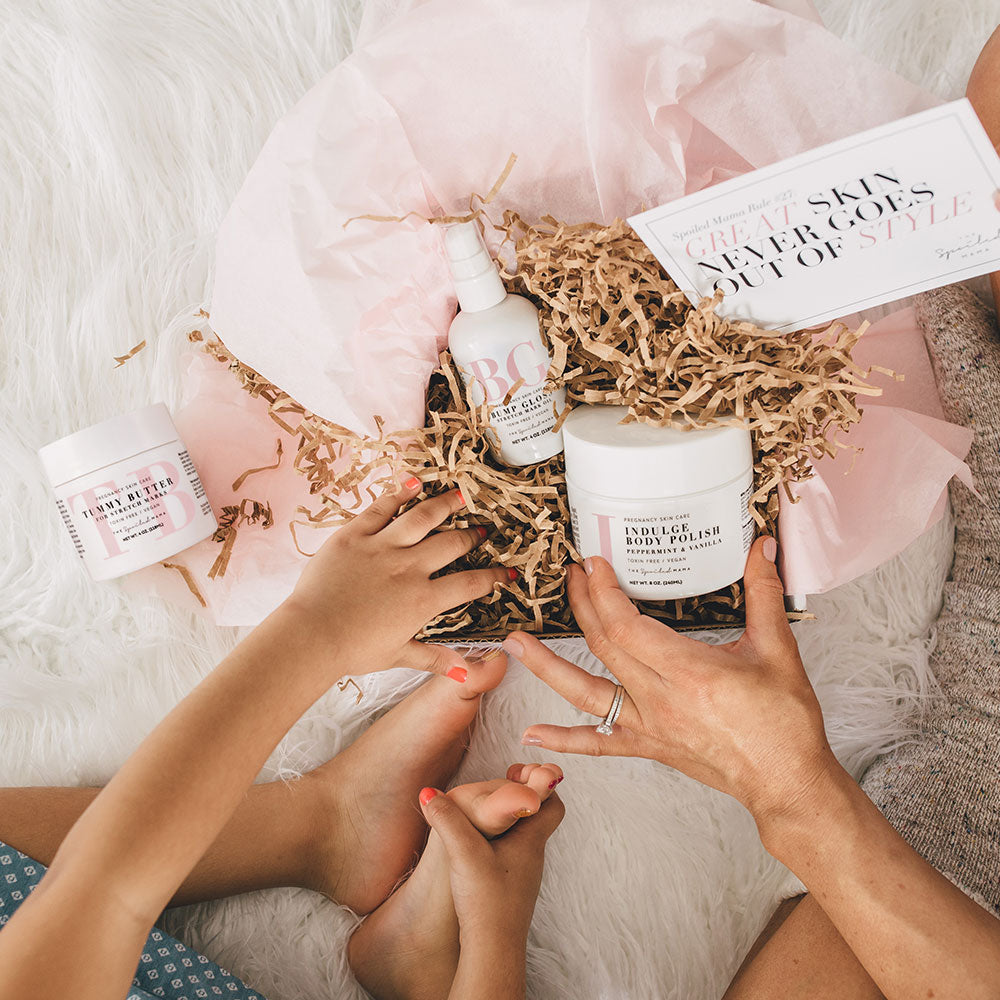
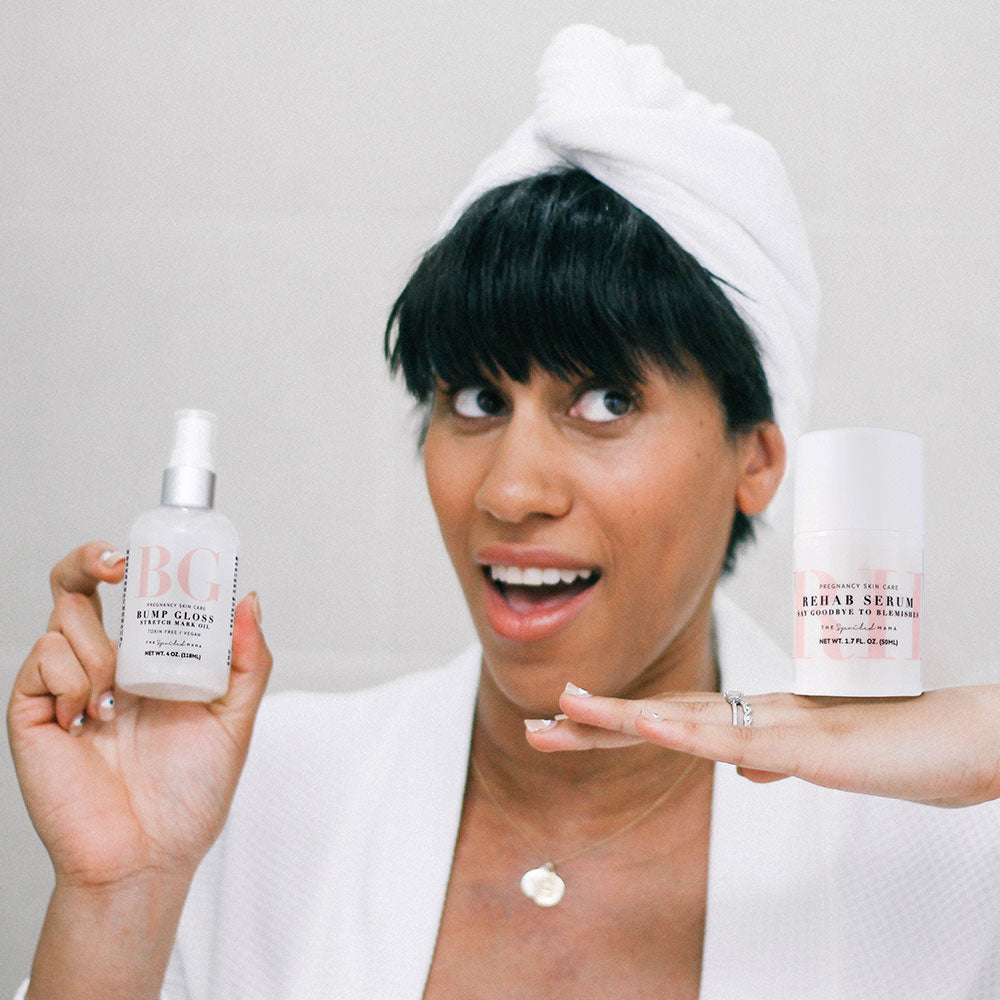
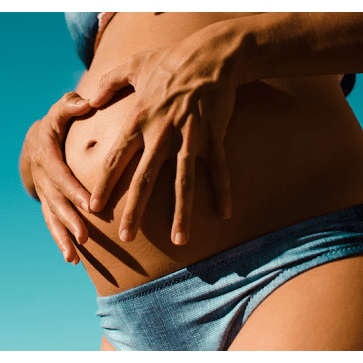
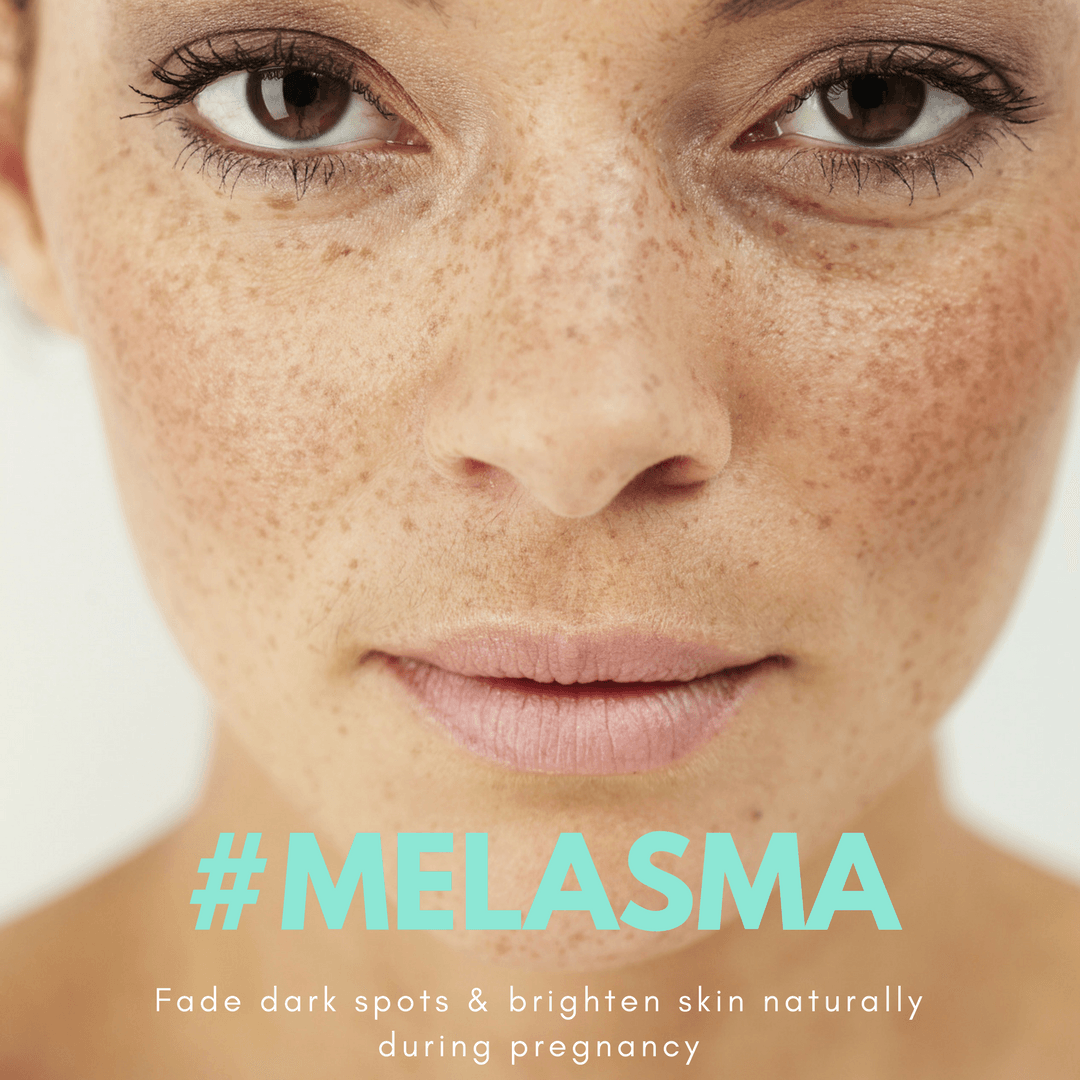

Leave a comment
All comments are moderated before being published.
This site is protected by hCaptcha and the hCaptcha Privacy Policy and Terms of Service apply.